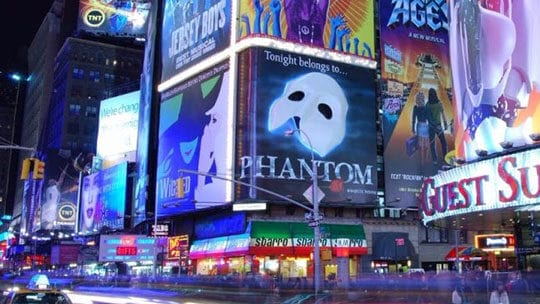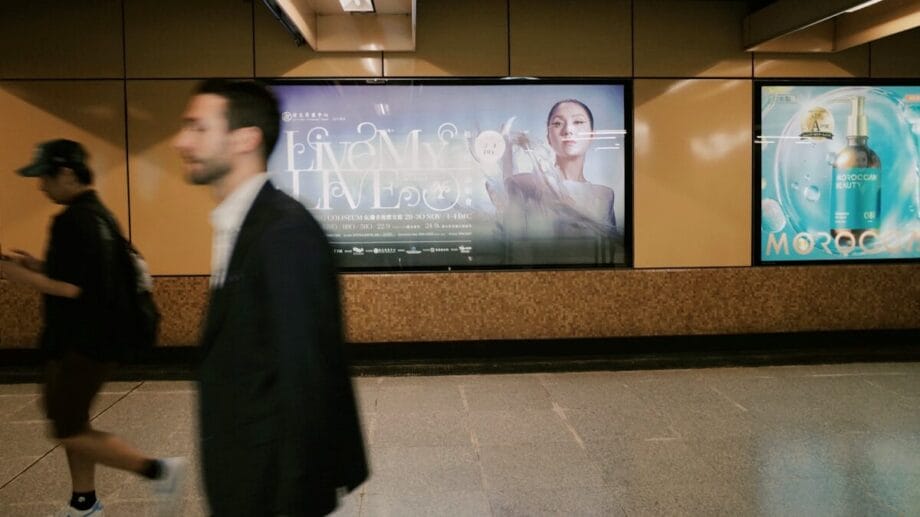Imagine this – you’ve poured months of effort and a hefty budget into building the perfect campaign. The messaging is sharp, the visuals are on point, and every detail echoes your brand’s identity. But then, your ad shows up right next to a shocking video, hate speech, or controversial content. In that single moment, all the creativity and investment you’ve worked so hard for backfire.
This is the reality of today’s digital landscape. It’s not just about where you reach audiences, how many impressions you get, or the engagement numbers – it’s about what your brand is standing beside. Because to consumers, placement isn’t just placement – it’s perception.
An ad shown in the wrong context doesn’t just get ignored; it damages trust and dilutes brand reputation. That’s why safe ad placement is no longer a technical checkbox – it’s a brand safety imperative.
In this blog, we’ll explore why validating ad placements has become essential for protecting brand integrity, the hidden risks marketers often overlook, and how safeguarding associations can be the real competitive edge in digital advertising.
The Perception Gap: Where Brands Lose Control

Safe ad placement isn’t just about avoiding an unsafe environment; it’s about navigating the complex cultural, linguistic, and political landscapes where your ad is being seen. For a branding manager, this means perception risk goes far beyond. It’s about ensuring your campaign doesn’t unintentionally clash with an unsafe environment.
Here are some important aspects that brands need to take care of:
1. Diverse Linguistic Contexts
With dozens of languages and regional dialects, the content must be interpreted with its local context. An ad that appears appropriate in one language can carry different meanings in others.
2. Fragmented Third-Party Networks
Many affiliate platforms or third-party ad networks still lack uniform standards in the aspects of quality, traffic authenticity, or contextual relevance. If ads aren’t being placed carefully, the brand can end up next to harmful content.
3. Regional and Socio-Political Sensitivities
Cultural and political norms vary widely across regions. Content acceptable in one area may provoke backlash in another. Brands must incorporate hyper-local risk assessment to ensure placements respect local values and avoid controversy.
Why Safe Ad Placement is Non-Negotiable
In today’s digital environment, one misplaced ad can undo years of trust-building. Consumers don’t separate the ad from its surroundings. If the environment feels unsafe, your brand takes the hit, fairly or not. Brand reputation protection is a high-priority point for brands to save ad placement.
This is why safe ad placement is no longer a “nice-to-have.” It’s non-negotiable. Every campaign needs a risk management layer that goes beyond performance metrics and addresses the bigger question: What does this placement say about our brand?
- Your brand is judged by its surroundings. Even the best creative loses its impact if placed near any harmful content. Consumers instantly connect the environment with your brand.
- Trust is Fragile. Once an unsafe placement damages perception, rebuilding credibility is slow, costly, and uncertain.
- Lack of transparency increases risk. Working with multiple ad networks, affiliates, and intermediaries involved, it’s hard to always know where your ads run. Safe ad placement strategies give brand managers the clarity to work with appropriateness.
- Strong reputation drives real results. A larger number of impressions also means little if ads appear in a risky environment. Ads should be placed in an environment where they can build trust, protect brand values, and create a lasting positive perception.

Beyond Blocking: Why Advanced Analysis is Needed
Simply blocking unsafe websites or keywords is no longer enough. Digital content evolves too quickly, and risks often appear in subtle forms that traditional blocklists can’t catch. For branding managers, this creates a blind spot, one where ads may technically avoid “unsafe” pages but still land in environments that feel off-brand or damaging.
This is where advanced analysis comes in. Modern brand safety isn’t just about keeping ads away from harmful content;
It’s about making sure placements actively support brand values. That means moving from reactive blocking to proactive intelligence. Steps like real-time monitoring & response help in achieving better outcomes.
Here’s how advanced analysis strengthens brand safety:
1. Content Analysis
Automated systems scan and validate the actual material around your ad, text, visuals, or audio. This ensures the environment itself is safe, filtering out risky categories like violence, explicit content, or harmful themes.
2. Contextual Analysis
Content isn’t always black and white. A video with keywords like “explosion” might look unsafe, but in the right context, such as a children’s cartoon, it could be completely harmless. Contextual analysis interprets these nuances, keeping ads safe without sacrificing relevant opportunities.
3. Sentiment Analysis
Beyond the words and visuals, tone matters. An ad placed next to emotionally negative or hostile conversations can create unwanted associations. Sentiment analysis identifies whether the surrounding content is positive, neutral, or negative, helping brands align placements with the right emotional environment.
4. Omni-Channel Coverage
An effective brand safety solution that analyses and protects across all digital channels, such as web, social media, OTT, CTV, and in-app environments. Each platform introduces new risks that need to be catered to for better outcomes.
Why Brand Safety Solutions are Important
As a branding manager, it is very important to focus on things that put your brand’s safety at risk. While the right environment builds trust and amplifies impact. That’s why brand safety solutions aren’t just about protection; they’re about giving you control, confidence, and clarity in where your brand shows up.
- Protecting Brand Equity: Consistent, value-aligned placements strengthen trust and protect long-term brand reputation.
- Maximizing Media Investments: Cuts wasted spend by eliminating unsafe or irrelevant environments.
- Staying Ahead on Compliance: Helps navigate global and regional ad regulations without slowing campaigns.
- Driving Performance and ROI: Places ads in safe, relevant contexts that improve engagement and conversion rates.
Conclusion

In today’s fast-moving digital world, safe ad placement is no longer just a safeguard; it’s a core strategy for building and protecting brand perception. Every placement tells a story about your brand, and consumers are quick to judge based on the company you keep. Unsafe environments can erode trust instantly, while the right context reinforces credibility, amplifies impact, and drives lasting loyalty.
For branding managers, this means that brand safety solutions are not an optional add-on; they are the foundation of modern advertising. By combining advanced analysis, contextual intelligence, and proactive risk management, you can ensure that every impression strengthens rather than undermines your brand.






